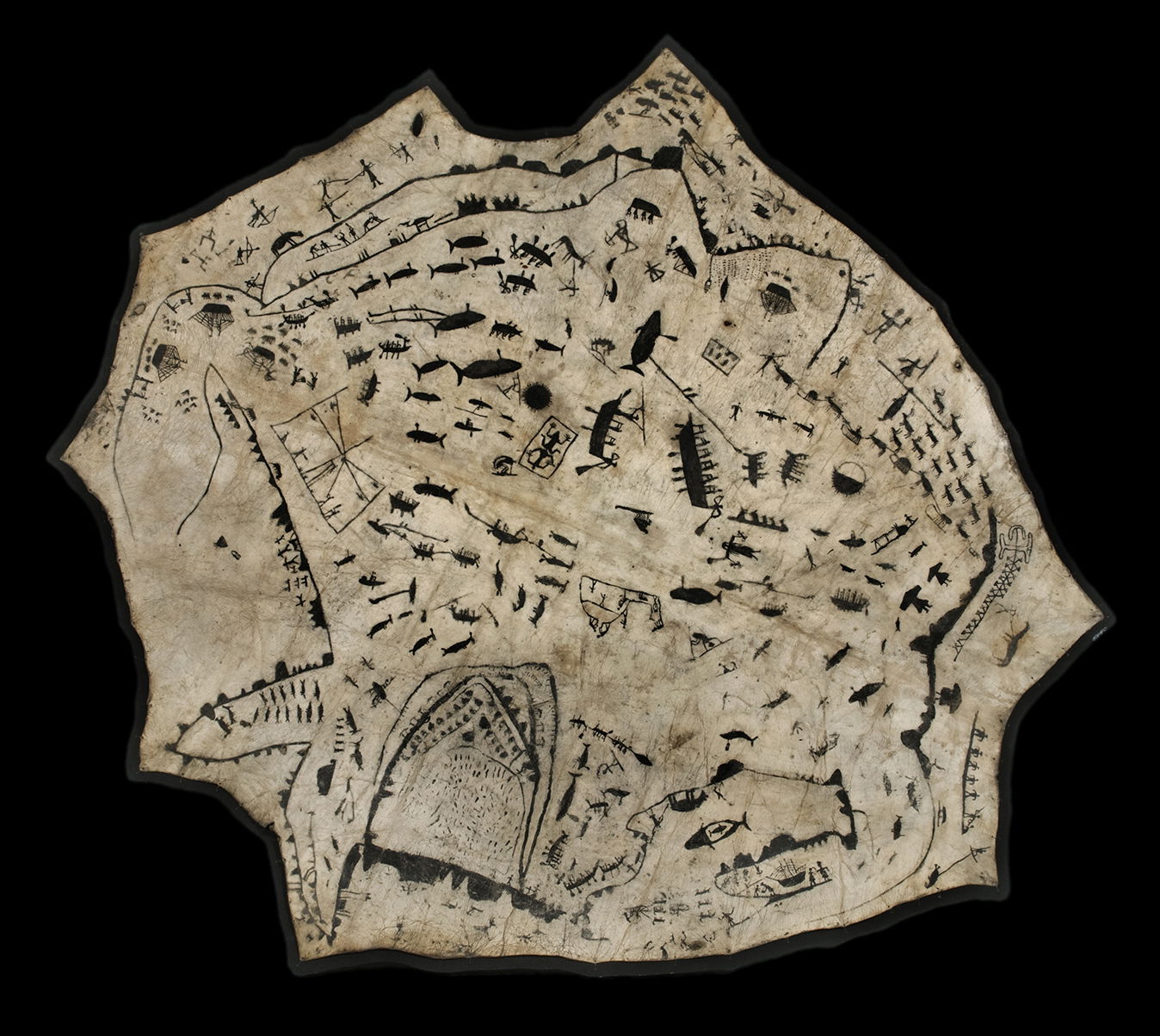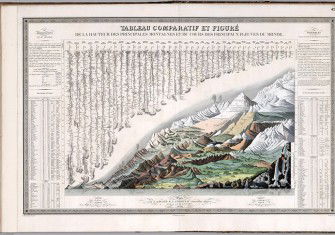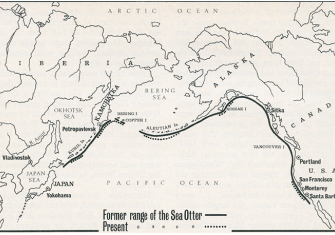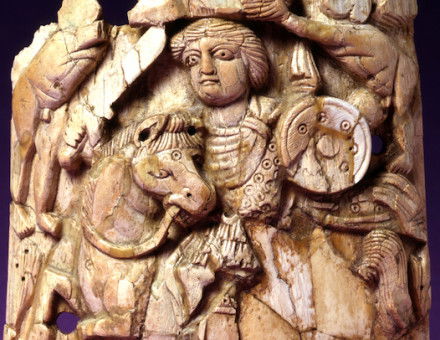
The Map: Bering Strait, 1860s
A chart drawn on seal skin challenges our ideas of what constitutes a map.
This map, drawn on seal skin, was collected by the captain of an Arctic whaler in the Bering Strait in the 1860s or 1870s. The artist was probably a hunter and trader from the Chukchi settlement of Unaziq on Cape Chaplin (which can be seen on the left of the skin).
It has been suggested that the skin is a calendar of the events of one year in the region, or that it simply depicts various scenes of daily life. As the scenes depicted can be located geographically, however – shorelines can be identified on both sides of the Bering Strait – it does also act as a map of sorts. As the historian Jeremy Black has said, the skin ‘challenges our ideas of what constitutes a map’.
Part of the problem in defining it is that the map is unique to Chukchi art, in size and in detail, which may suggest it was created specifically to be sold to European or American traders.







